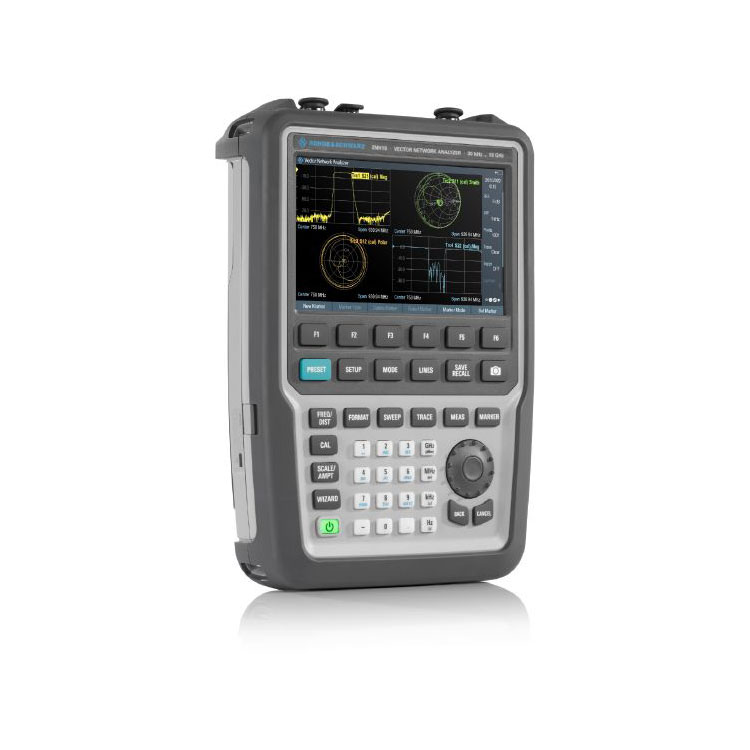Aspects and Functionalities of Network Analyzers
2024-05-10
Network analyzers are electronic devices used to measure and analyze the performance of various components and systems within a network, such as electrical circuits, communication networks, and RF (Radio Frequency) systems. They are essential tools for engineers, technicians, and researchers working in fields like telecommunications, electronics, and RF engineering. Here are some key aspects and functionalities of network analyzers:
1. Measurement capabilities: Network analyzers are capable of measuring various parameters such as impedance, amplitude, phase, frequency, and transmission characteristics of signals passing through a network. They can analyze both analog and digital signals across a wide range of frequencies, from audio frequencies to microwave and millimeter-wave frequencies.
2. Types of network analyzers:
- Vector Network Analyzers (VNAs): VNAs are widely used for analyzing the RF characteristics of devices and components, such as amplifiers, filters, antennas, and transmission lines. They measure both the magnitude and phase of signals, enabling detailed analysis of complex impedance, scattering parameters (S-parameters), and other RF parameters.
- Scalar Network Analyzers: Scalar analyzers are simpler devices that measure only the amplitude (magnitude) of signals. They are often used for basic measurements such as gain, loss, return loss (SWR), and insertion loss in RF circuits.
- Time Domain Reflectometers (TDRs): TDRs are specialized network analyzers used to measure the impedance and locate faults or discontinuities in transmission lines, cables, and other electrical networks by analyzing the time-domain reflections of signals.
3. Instrument architecture: Network analyzers typically consist of signal generators, receivers, and processors that work together to generate, measure, and analyze signals. They may employ various measurement techniques, such as swept frequency, stepped frequency, or frequency domain analysis, to capture and analyze the behavior of signals within the network.
4. Calibration and accuracy: Network analyzers require accurate calibration to ensure reliable and precise measurements. Calibration procedures involve calibrating the instrument's internal components and accounting for environmental factors such as temperature, humidity, and impedance mismatches. Calibration standards such as open, short, and load (OSL) standards are used to calibrate the analyzer and establish reference points for measurements.
5. Data analysis and visualization: Network analyzers typically provide software interfaces for data analysis, visualization, and reporting. Users can analyze measurement data, plot graphs, generate Smith charts, and perform advanced mathematical calculations to interpret and understand the behavior of the network components.
6. Applications: Network analyzers find applications in various fields, including RF and microwave engineering, telecommunications, aerospace, defense, automotive, medical devices, and research laboratories. They are used for design verification, troubleshooting, quality assurance, production testing, and research and development of electronic and communication systems.
Overall, network analyzers are indispensable tools for characterizing and optimizing the performance of networks, components, and systems across a wide range of applications, enabling engineers and researchers to design and deploy robust and efficient communication and electronic systems.



